Kaler, Lake Forest Symphony give stirring advocacy to Russia music, familiar and rare
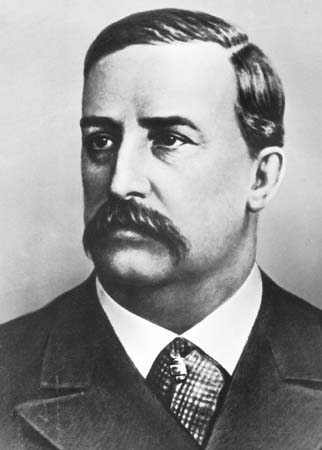
The Lake Forest Symphony under music director, Alan Heatherington, treated a sold-out house at the James Lumber Center in Grayslake Saturday night to a robust dose of Russian Romanticism with the Borodin Second Symphony topping the bill.
It was of course the Tchaikovsky Violin Concerto performed by the symphony’s concertmaster, Ilya Kaler, which brought out the crowd and brought down the house. But the rarely-performed symphony by the Russian chemist-composer Borodin was the piece that made the deepest impression — a masterwork unique in its time and, in any ways, unmatched to this day.
The fully engaged orchestra was at their finest for the symphony, which comprised the second half of the evening. Heatherington chose a brisk tempo from the start with the fierce opening motive setting a somber note for the whole work. He didn’t hurry the melodic sections and kept a tight hand on the overall structure throughout. The second movement, a driving scherzo, carried things along on a continuous flow of energy, interrupted only briefly by a folkish melodic interlude.
The third movement provided contrast with a ravishing horn solo and shimmering strings adding atmosphere to the richly textured Russian melodies that appear and vanish in their push to the dynamic finale. The Lake Forest musicians lit into this last movement with brilliant solos and propulsive ensemble ornamented with splashy percussion, well-paced by the conductor so that the ending with a brief recollection of the opening theme proved both exciting and structurally satisfying.
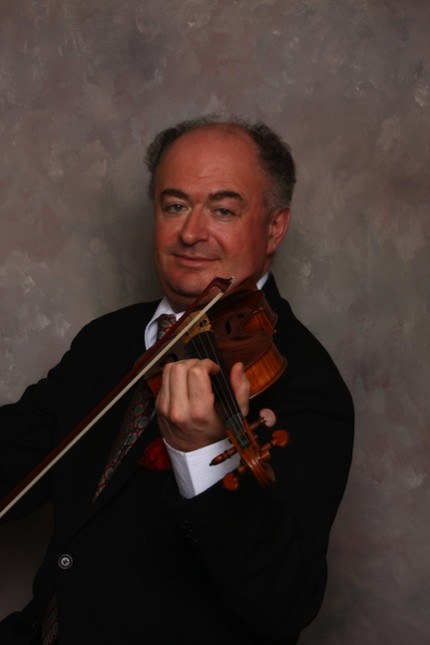
Ilya Kaler, a past winner of the Tchaikovsky Competition, has the composer’s Violin Concerto in his genes and his mastery was manifest. The orchestra was a bit off their game at the start of the concerto with playing a little rough around the edges. But with the entry of Kaler’s violin nothing seemed to matter and the performance became the soloist’s show.
The big beefy sound the Russian violinist got from his Guarnerius del Gesu dominated the proceedings effortlessly and he spun the well-loved melodies with the art of a master. The first movement cadenza was particularly notable for its super-charged virtuosity yet Heatherington managed to bring the orchestra into a nice tonal balance, with sensitive accompaniment throughout. The audience was appreciative and the violinist indulged their enthusiasm with an encore—the slow movement from Bach’s solo Violin Sonata No. 2, which seemed to emerge organically from the texture of the concerto and provided three minutes of transcendence.
Borodin’s well-worn Polovtsian Dances from Prince Igor opened the evening, and were given a vigorous if rough-hewn performance that set the stage for the rest of the concert. But it was Borodin’s symphony that took the prize for musical interest and quality of execution, an underrated work that deserves more frequent performances.
Posted in Performances
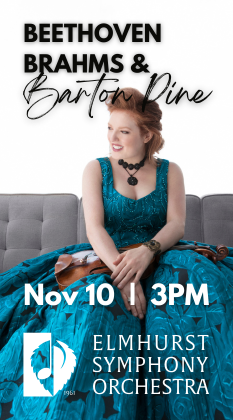

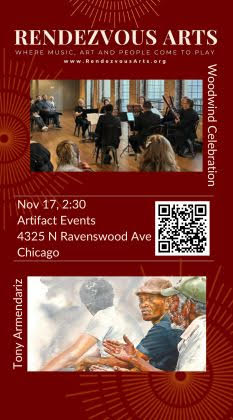
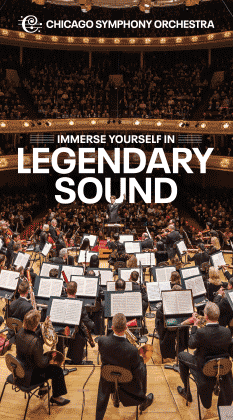



Posted Feb 22, 2011 at 4:02 pm by James N. Zartman
This review rightly praises the artistry and “big, beefy sound” of Ilya Kaler”s performance of the Tschaikovsky Violin Concerto. However, that beautiful sound did not come from a Guarnerius del Gesu violin, as Mr. Fisher wrote, but from a brand new violin completed just two months before the concert by the illustrious American maker, Joseph Curtin, of Ann Arbor, MI.
As President of the Board of the Chicago School of Violin Making, I am happy to correct the record. This mix-up proves once again that the best modern makers rival the classical Cremonese (Strad, Amati, Guarnerius), especially where it counts: in mounting a big, beautiful tone that projects into a packed concert hall.
Ilya Kaler does play a 1735 Joseph del Gesu Guarnerius on loan to him from the Stradivarius Society of Chicago (the Society’s administrator, Geoffrey Fushi, of Bein and Fushi, currently has a different del Gesu on sale for a mere $18,000,000). But the instrument Mr. Kaler chose to use for the Tschaikovsky Concerto was not 275 years old but one fresh from the work bench.
Joseph Curtin, recognized by a MacArthur “genius” grant for his expertise, is a member of the Advisory Board of the Chicago School of Violin Making where we teach the classical techniques of violin making and welcome any opportunity to extol the virtues of contemporary makers. People like Curtin, with his “big beefy sound” can go head to head in the concert hall with the best Cremona has to offer.